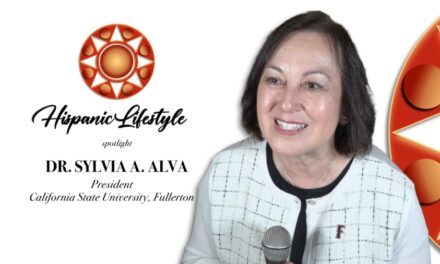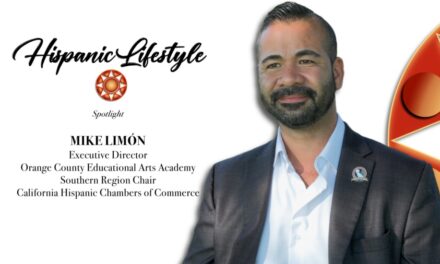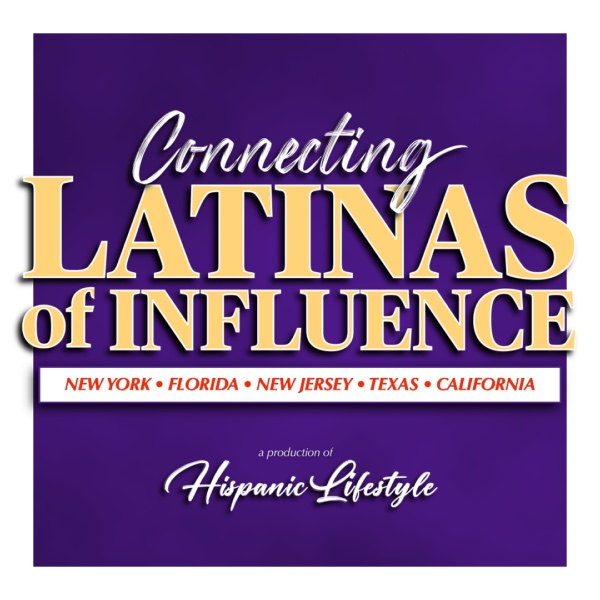
Immigration in the 21st Century and the Browning of America
Immigration in the 21st Century and the Browning of America
According to the 2008 American Community Survey released by the U.S. Census Bureau, there are nearly 38 million foreign-born persons residing in the United States. Although in absolute numbers this represents the highest figure ever, it amounts to only 12.5 percent of the population compared to nearly 15 percent between 1870 to 1920. The impact of immigration on the labor market during the early part of the twentieth century was much greater than it is at the present time. In order for the labor market to be similarly impacted today, immigration would have to increase dramatically!
Rather than increasing, however, the current number of immigrants to the United States from Mexico is diminishing noticeably according to a survey completed in 2009 by the Pew Hispanic Center. Survey data from the U.S. and Mexico reveal that in recent years there has been a large flow of migrants back to Mexico. However, since 2006, the size of the annual return flow appears to be stable. As for immigration to the U.S. from Mexico, surveys from both countries attest to recent substantial decreases in the number of new arrivals. This finding is reinforced by U.S. Border Patrol data showing markedly reduced apprehensions of Mexicans trying to cross into the United States without proper documentation.
The current immigration controversy with its focus on immigrants, is being viewed through the lens of a post 9/11 perspective and the current economic downturn. The lingering fear and tightened security are causing the nation to reconsider and redefine its laws once again. United States citizens who are currently unemployed are beginning to resent the immigrant who has a job. Whether the unemployed would actually do the work that the immigrant is doing seems to be of little concern. The belief that America’s traditions and customs are being threatened by the influx of immigrants is on the rise. The current state of the economy, high unemployment rates and foreclosures are exacerbating feelings of fear and paranoia.
Arizona Governor Jan Brewer signed a bill (SB1070) into law on April 23, 2010 that makes being in Arizona illegally a state crime. The new law requires local police officers to question residents regarding their immigration status if there is reason to believe that they are undocumented immigrants and are suspected of criminal behavior. The law also allows government agencies to be sued if they hinder the enforcement of immigration laws and makes hiring of undocumented immigrants for day labor a crime against the state.
The day before the bill was signed into law President Obama called it “misguided” and requested that the Justice Department examine it to see if it is legal. He also stated that enacting immigration reform is the responsibility of the federal government.
Mexican Foreign Secretary Patricia Espinosa said that her country would need to “consider whether the cooperation agreements that have been developed with Arizona are viable and useful.”
The Mexican American Legal Defense and Education Fund (MALDEF) and a coalition of civil rights organizations filed a lawsuit on May 17, 2010, challenging the SB1070 law. They claim that “it interferes with federal law, invites racial profiling, and violates various constitutional guarantees including the First Amendment, equal protection, and the right to travel.”
On July 6, 2010, the Obama Administration filed a lawsuit against Arizona over the new immigration law. The Department of Justice lawsuit charges that the Arizona law conflicts with federal law and would interfere with federal immigration enforcement and could lead to police aggression toward those who are unable to prove their legal status.
Federal Judge Susan Bolton, issued a preliminary injunction against sections of the SB1070 law on Wednesday, July 28, 2010. The most controversial parts of the law that were blocked would have required police officers to verify a person’s immigration status while enforcing other laws and required immigrants to prove that they had legal authority to be in the country or risk being charged by the state. The injunction was issued in response to the legal challenge brought against the law by the Obama Administration. A spokesperson for Governor Jan Brewer stated that the governor would appeal the injunction. Legal experts believe that the case could end up before the Supreme Court.
Former New Mexico Governor Toney Anaya believes the reason immigrants are being blamed for the economic recession in California is due to “the uneasiness of society with the browning of America and the fact that Hispanics (are) the nations largest minority group.” Pat Buchanan, talk show host and former presidential contender, confirms that fear with his view on immigration: “More immigrants mean more social friction and the slow erosion of the English speaking hybrid European culture we call America.”
On the other hand, a growing number of US citizens—particularly among the young and educated—welcome the new ideas and innovations that newcomers bring, especially since the majority of immigrants themselves tend to fall within the 15 to 35 age range.
* * *
About the Author Paulina Rael Jaramillo
Her most recent book, The American Southwest: Pride~Prejudice~Perseverance (2011), provides a historical overview of the various cultures that have populated the Southwest from ancient times to the present and renders a clear perspective on immigration and the benefits to the U.S. The last chapter provides statistics regarding Latinos and education and examines the attainment gap. The Forward for the book was written by Dr Rivera, Associate Dean of Undergraduate Studies, (CSUSB) and is in circulation at the university’s library also at the University of California, Riverside and the University of La Verne. The book can be purchased through Amazon.com and my website: www.theamericansouthwest.net




















